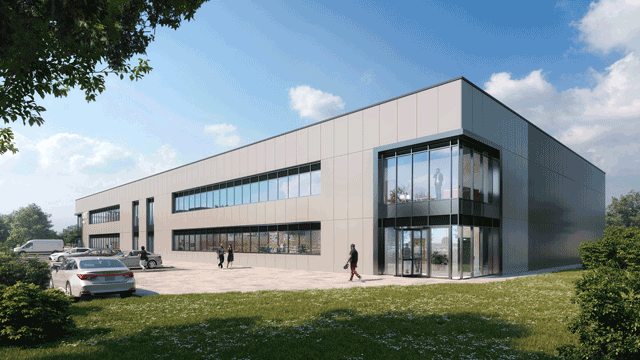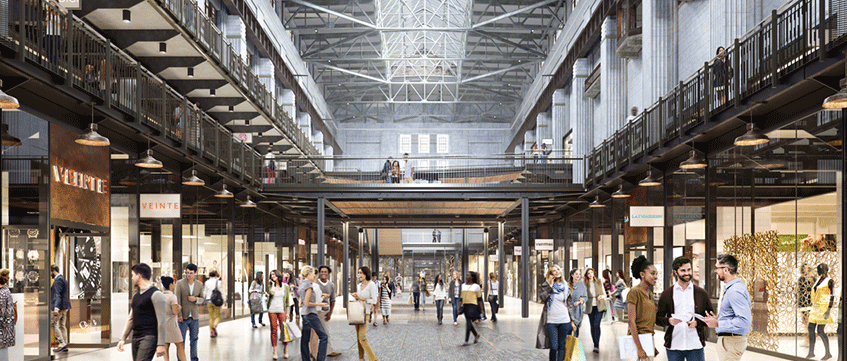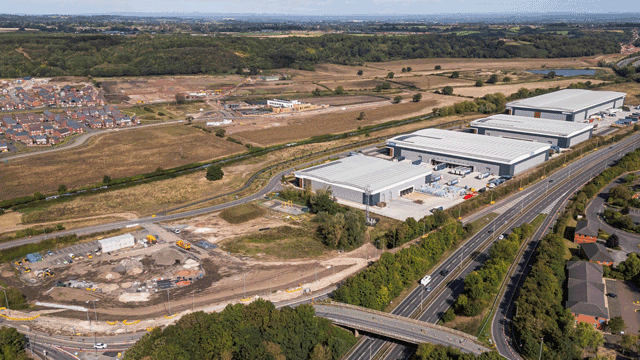COMMENT To say that there are grumbles about the impact of the Building Safety Regulator on the UK’s development landscape is an understatement. It’s easy to see why. There is palpable anxiety on the financial risk of proceeding with the development of schemes in the face of numerous rejections. According to recent data from residential development consultant Molior, there were just 1,210 new starts in London in the first three months of the year, the lowest since the global financial crisis.
It is clear the new regime is under-resourced. The current headlines on success rates seem to be out of step with the UK government’s target of 1.5m homes set by this parliament.
Many people working in the built environment today believe the new system is unhelpful, unclear and detrimental to the ‘health’ of the industry. However, I couldn’t disagree more on that final point. The Building Safety Act, and the presence of a regulator that enforces it, is essential to a thriving property industry in the UK.
I say this not because it’s currently working but because this is exactly what the industry needs – enforcement to create a cultural shift. This isn’t going to happen overnight and there are clearly improvements to be made, but it is doing what it set out to do, even if it’s frustrating.
Held to account
One of the reasons I joined the RIBA Council a few years ago, and ran for the presidency last year, was because of the growing recognition that in the architectural profession there was a need to reclaim technical expertise as part of what we do. I’ve spent my career advocating on the need to fully embed practical knowledge; on how good buildings are really made. It’s something I felt hasn’t always been given the level of importance it requires, until now.
The requirements of the Building Safety Act place emphasis on validating the technical expertise of those who make buildings to ensure they can demonstrate that they have created safe spaces people can call home. This is vital to everyone in the industry and will, through its sheer stubborn existence, force much greater attention to detail and commitment to getting things right the first-time round.
So what can developers do in order to navigate the act as effectively as they can? The most important advice I would give to anyone is hire the right people. The Building Safety Act will lead to a shift in how developers shape their teams. We mustn’t assume that the way things were done in the past is going to work in the new era. If we are to succeed, we will need to ensure that the industry nurtures the right talent and develops the right skillsets for what is needed in 2025 and beyond. That includes a much greater balance within teams to have the right technical expertise at the right time in the process. These needs must be balanced against recalibrated commercial benchmarks to ensure viability.
The Building Safety Act also require developers to remember one absolutely vital thing: you are accountable. While organisations can be noted down as clients, fundamentally it’s about holding individuals to account and avoiding the delegation of responsibility. That’s why, at the core of navigating it, it’s about making sure your team has the skillset it needs.
Culture change
Finally, navigating the Building Safety Act is about communication. When you submit something to the regulator, you have to make sure people can easily understand what you’re trying to achieve. It doesn’t leave much room for vague approximations, no more ‘to be developed at the next design stage’. It insists that the design is thought through in the round and planned so you submit for all intents and purposes the scheme you will build. There is less flexibility in this new regime which means that developers and architects may need to spend a bit more time in the run-up to submission than they have in the past.
Ultimately, the Building Safety Act – while far from perfect – is working as it should in highlighting what we need to do to change our culture as an industry. There is an urgently need for better resourcing in the regulator and the industry needs more investment to develop the skillsets to cope with a stricter regime.
Our collective goal is to build the number of homes that we desperately need. But when those homes are built they must be much safer and progressively better. That’s why, as frustrating as the current situation is, we mustn’t lose perspective. We just need to work together to make a success of it.
Funmbi Adeagbo, head of building regulations principal designer services, Catalyst











